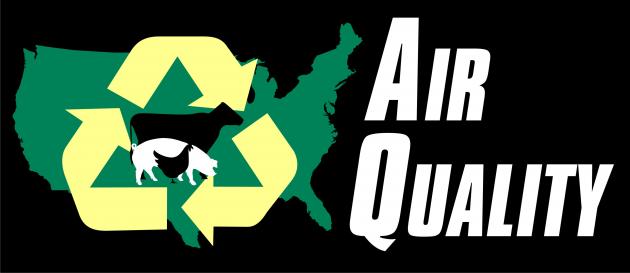The embedded spreadsheet lists several collections of livestock and poultry related video resources that are a combination of archived webinars, field video, or recorded conference presentations. In most cases, you can search the collection by using its search function (YouTube channels) or by using your browser’s “find” function to location a key word or phrase.
The stewardship-focused topics in these collections these are wide-ranging: manure treatment, anaerobic digestion, grazing management, soil health, air quality and odors, greenhouse gases and climate, animal welfare, pathogens, regulations, and much more. The cover all sizes of farms and all species of food animals (beef, dairy, pig, poultry, sheep and goats) as well as horses.
Most of these resources are freely available to use in educational or non-commercial programs with proper attribution. It is always a good idea to contact the person listed if you utilize the resources so they are aware the resources are useful (and continue to produce them) and to provide written permission.
If you are aware of additional videos or collections that should be added to the list, visit the spreadsheet and add the requested information.
If you have questions, contact Jill Heemstra, Nebraska Extension.


